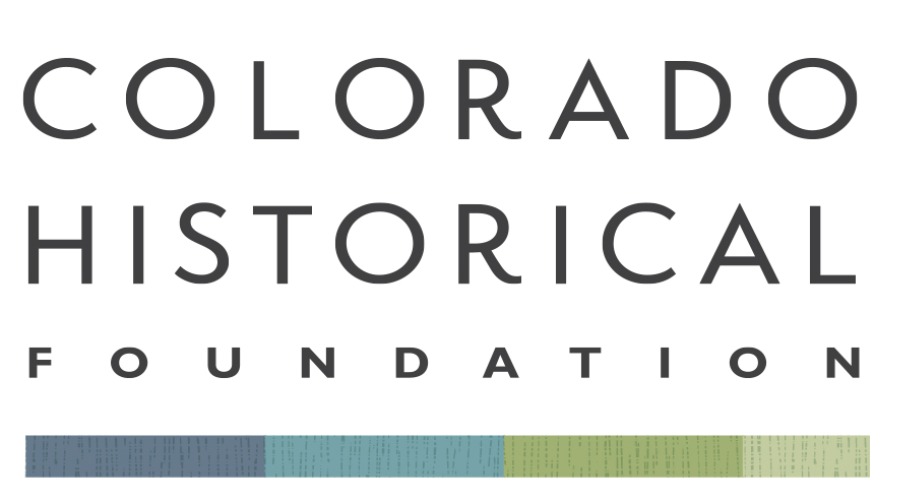Project Support & Collaboration
The Colorado Historical Foundation mobilizes support for a variety of history and preservation projects, be it grant writing, grant administration, rehabilitation and restoration strategy, preservation team development and oversight, fund stewardship, as well as project management of economic studies and historic site research and designation. Browse highlights of our current and recent work below.
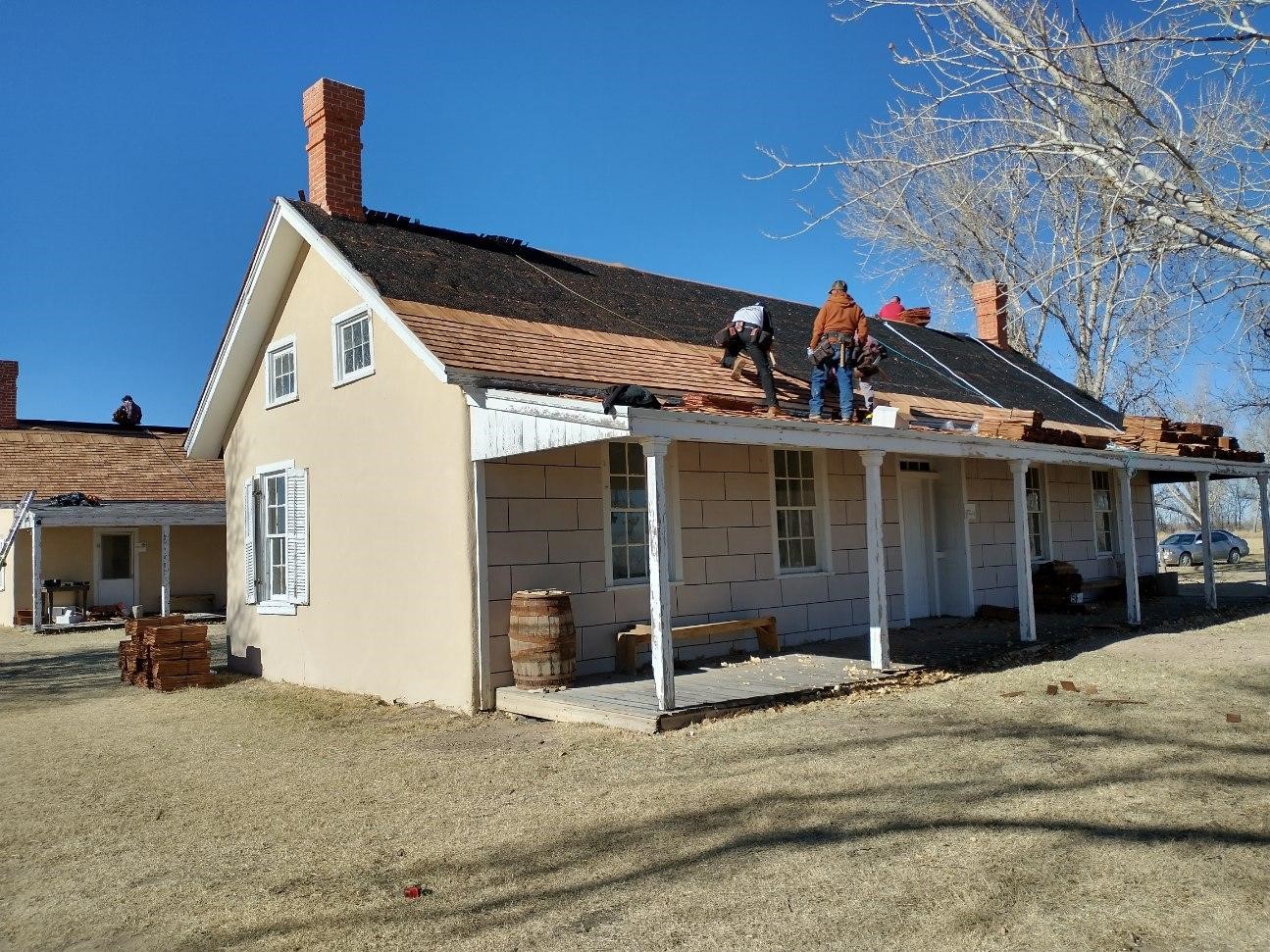
Boggsville
Adobe buildings at Boggville, a historic town near the Santa Fe Trail in southeastern Colorado, are being restored by the Bent County Historical Society with project administration, fundraising support, and conservation easement stewardship by the Colorado Historical Foundation.
Native American and Hispanic peoples occupied this region, located by the Purgatoire River, long before it became an Anglo-founded town. As a center of commerce and trade in the 1860s, the town grew to 200 people representing a significant intersection of cultures and ethnicities. The land upon which Boggville was founded was acquired through Rumalda Luna Boggs and her family's Spanish land grant connections. Rumalda was married to Thomas Boggs, and they lived in the Boggs House which still stands today. Amache Ochinee Prowers acquired adjacent land through reparations, as her father Cheyenne Chief Lone Bear was killed in the Sand Creek Massacre. Amache lived with her husband John Prowers in a home which is still partially standing and being restored at the Boggsville site.
Visitors to Boggsville can walk a Santa Fe Trail spur, tour the buildings, take in the scenic river valley, and learn about the diverse people who lived and worked there. Phased restoration of the adobe buildings' roofs, walls, foundations, and windows continues today with support from the History Colorado State Historical Fund, the National Trust for Historic Preservation, Daughters of the American Revolution, the Gates Family Foundation, National Park Service, plus corporate and individual giving. The Bent County Historical Society has also worked tirelessly to restore the native landscape.
Future plans may include welcoming campers to increase awareness of the area's history and to sustain the site's maintenance and care.
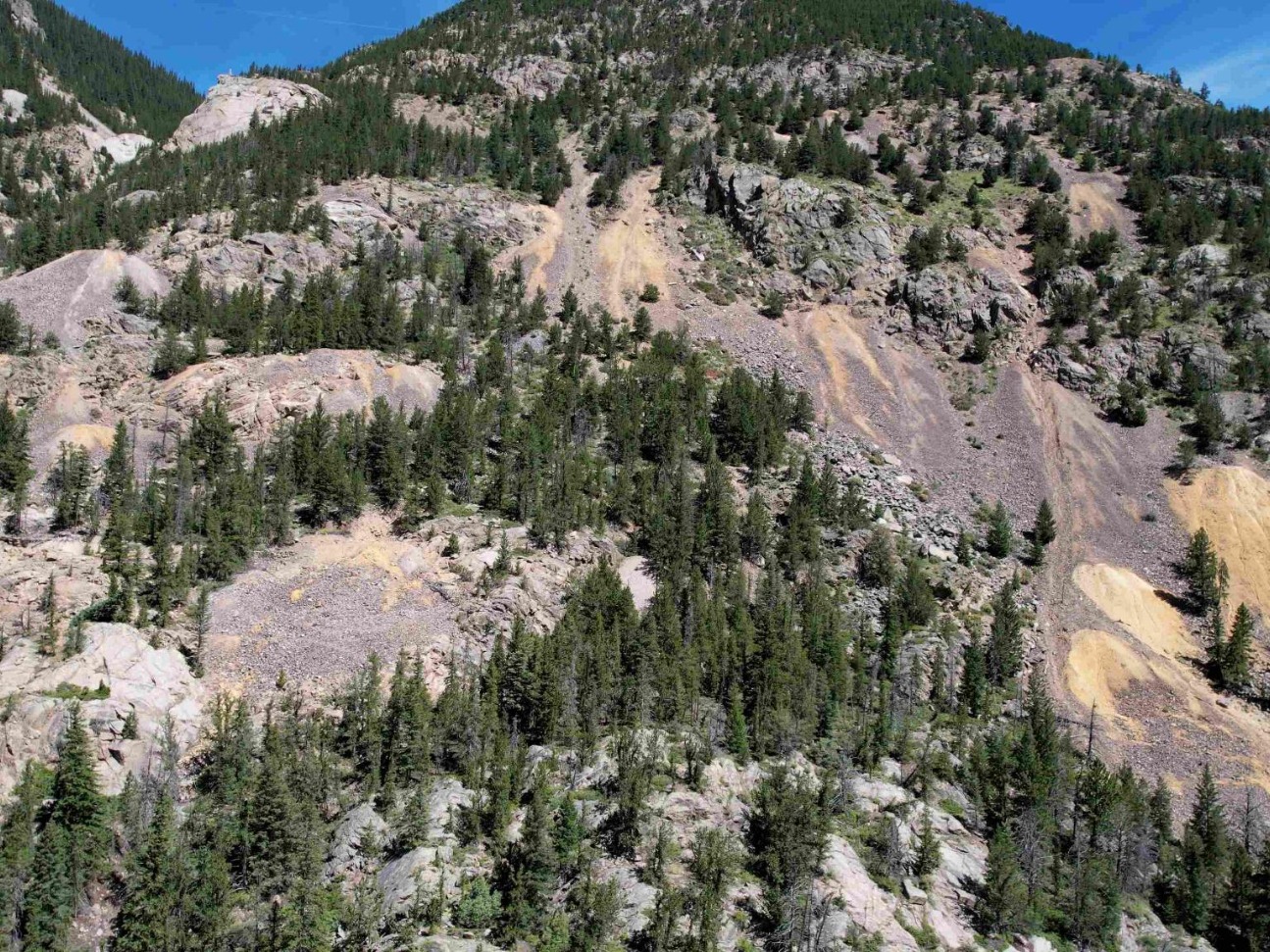
Silver Plume Mountain Park
By Cindy Neely: “Do you want to buy a mountain?” was the question in front of the Board of Trustees of the small town of Silver Plume in January of 2022. And they said, “yes!”
The mountain in question was 200 acres abutting the town on the north and west. It was steep terrain in places, with lovely small groves of aspen and evergreen tucked in. Located directly off I-70, it was a perfect site for mountain cabins or an adventure park. But Silver Plume, population 211, has no desire to grow and is a proud part of the Georgetown Silver Plume National Historic Landmark District. The mountain in question is also part of the National Historic Landmark, and the mined landscape of Colorado's first 19th-century silver producing district. The property encompasses 25 registered cultural sites. After a year of intense fundraising, on January 30, 2023, the town put their $500,000+ on the table and bought 95 claims. The property is now known as the Silver Plume Mountain Park.
Both the seller and a History Colorado State Historical Fund acquisition grant required a conservation easement be placed on the property to protect the land in perpetuity. The easement posed another substantial challenge. The site is neither truly open space nor structure, a bit outside of the usual conservation templates. The existing models for easements did not fit the situation. However, the Colorado Historical Foundation recognized the importance of the cultural landscape to the National Historic Landmark District. The Foundation and the Town partnered to envision the future for the mountain, completing a management plan (and possibly the thickest current-conditions report ever) to create a ground-breaking, one-of-a-kind conservation easement for a mined landscape. It took a while but in April 2024, the Town of Silver Plume Board of Trustees signed the guardian document for their mountain. It was a “wow” moment and, hopefully, a model for the Mineral Belt.
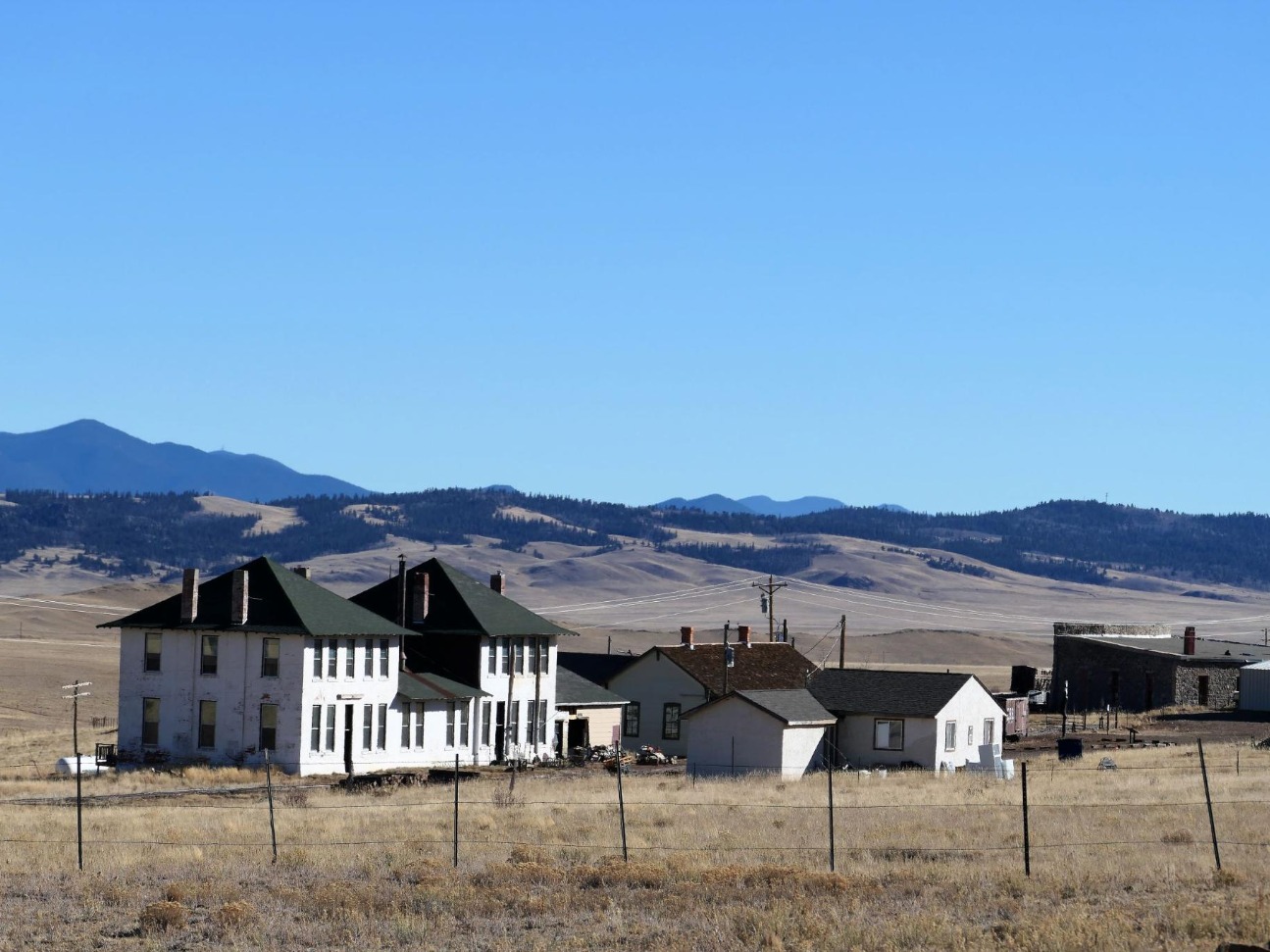
Como Hotel & Depot
The Foundation is honored to work with private owners of the Como Depot and Hotel (pictured here). As the conservation easement holder, we share a keen interest in shoring up these buildings and hope to see them reactivated in coming years. Currently, we are collaborating on construction documents for much needed roof repairs and other stabilization work. This work is funded in part by the History Colorado State Historical Fund.
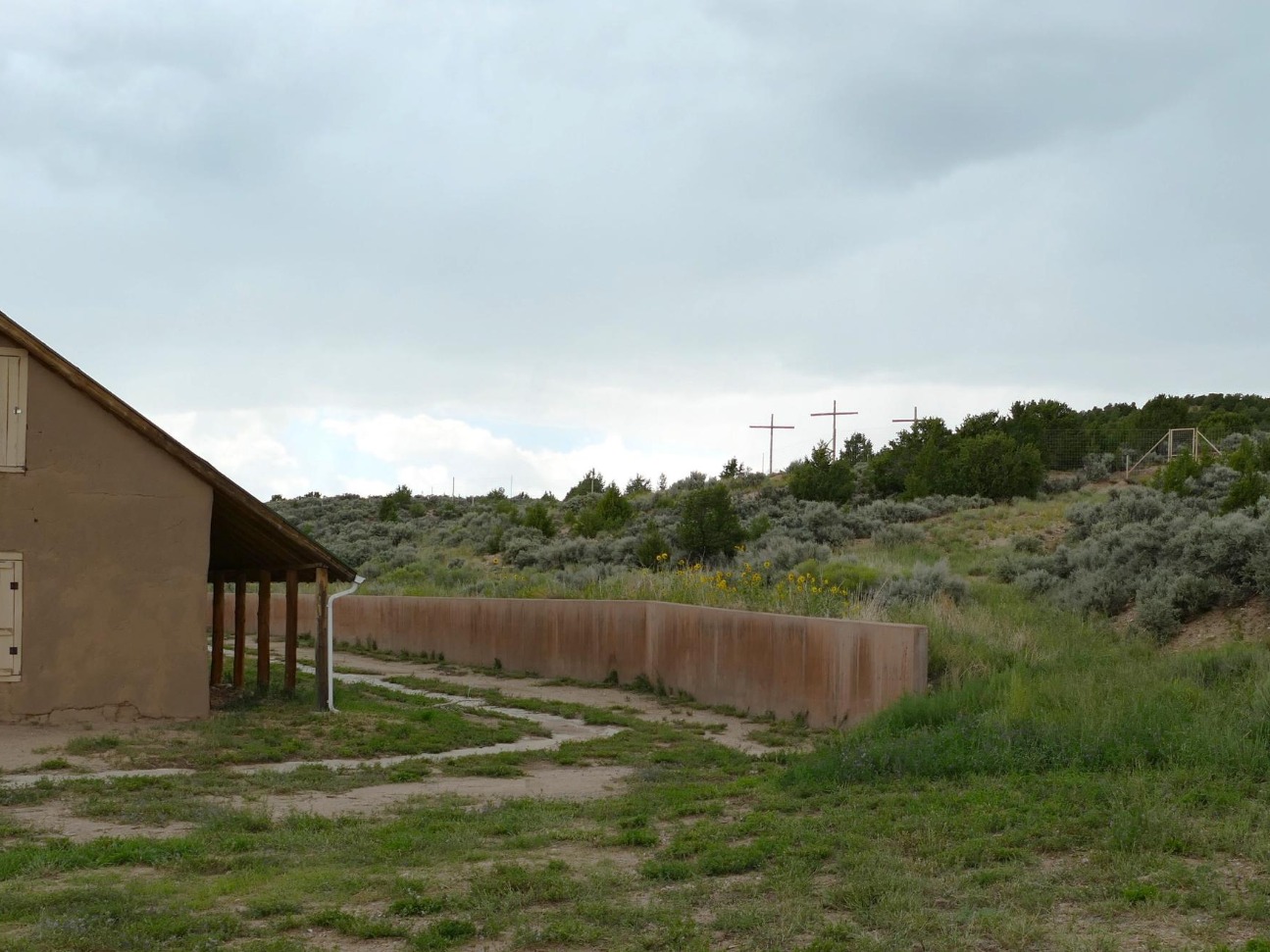
San Franciso Morada
The Colorado Historical Foundation holds a conservation easement on the San Francisco Morada in Colorado's San Luis Valley. A planning grant, secured by the Colorado Historical Foundation through the History Colorado State Historical Fund, procured an engineer and architect to assess the impact of erosion and drainage patterns caused by fence construction and ground disturbance uphill from the adobe structure. The Foundation's priority is protecting Colorado's last known standing adobe Morada, still valued by the local community today as a sacred place and important cultural asset.
Initial findings indicate the new erosion patterns stand to damage the building. Fundraising and planning is in place for mitigation.
Inclusive History of Place
The Colorado Historical Foundation has so far sponsored three statewide survey plans (see below) to begin identifying places associated with people and events often excluded from historic designations. Each of these reports investigates and defines historic context, as well as provides examples of sites associated with the each context. The purpose of the plans overall is to inspire further research and designation of historic sites within each theme and to elevate these important histories. “Witnessing and physically experiencing where significant events took place, or where communities lived or gathered, heightens authentic connection with history,” says Colorado Historical Foundation Executive Director Catherine Stroh. All three projects were funded in part by History Colorado State Historical Fund Grants.
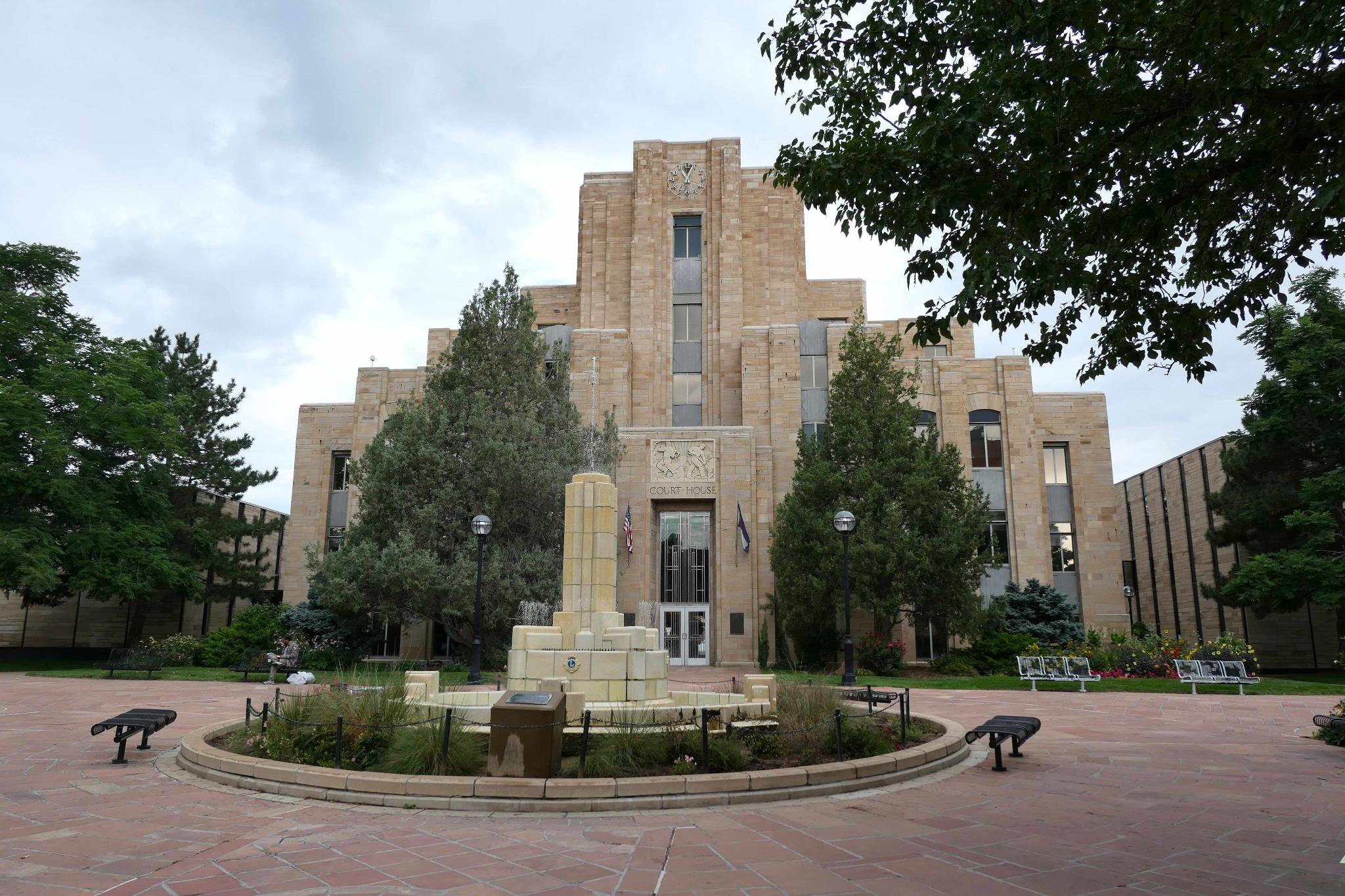
Photos by Amy Unger: Boulder County Courthouse, 2022; Bunk House Lodge, Breckenridge, 2023.
Historic survey plan highlights places of LGBTQ pride
Individuals whose sexual orientation or gender identity did not conform to established heterosexual or binary gender norms lived and loved in Colorado since humans first occupied the land. Their stories are inseparable from Colorado history, therefore the sites associated with their personal histories are many and varied.
Bookstores, clubs, and locations of supportive centers catering to LGBTQ communities are documented throughout Colorado’s urban cores. The Coal Creek Arena in Aurora hosted the first Colorado Gay Rodeo. Veterans note several gay men and lesbians served at Camp Hale, a World War II Army installation once located near Redcliff. In 1975 County Clerk Clela Rorex bravely issued same-sex marriage licenses at the Boulder County Courthouse, long before such marriages were legalized. The Poudre Valley Hospital in Fort Collins cared for gay Wyoming college student Matthew Shepard and updated over 815,000 website visitors worldwide on his status after he was severely beaten and later died.
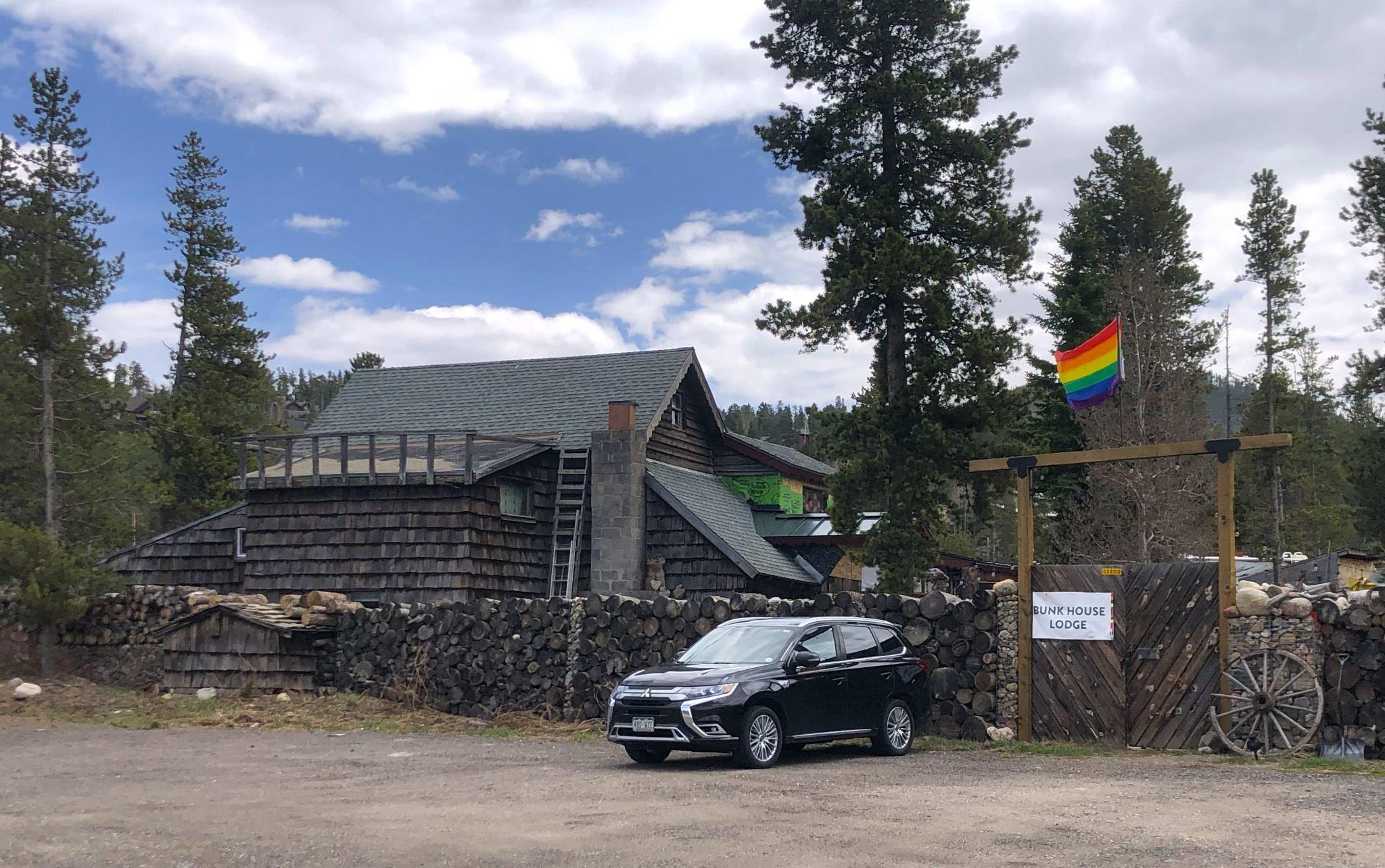

Photo: Colorado Historical Foundation, 2021.
Winks Panorama Lodge, Gilpin County
African American Travel and Recreation Resource Survey Plan
This survey plan documents the history of 280 Colorado travel and recreation sites that helped to form a nationwide network of resilience created by businesses, families and Black travelers in the face of racism, segregation and sun-down towns through 1965.
Just over 50% of the sites identified in the Survey Plan were still intact. Surveys like this are an important step in documenting this essential American and Colorado history and preserving these places so they can continue to tell this story.
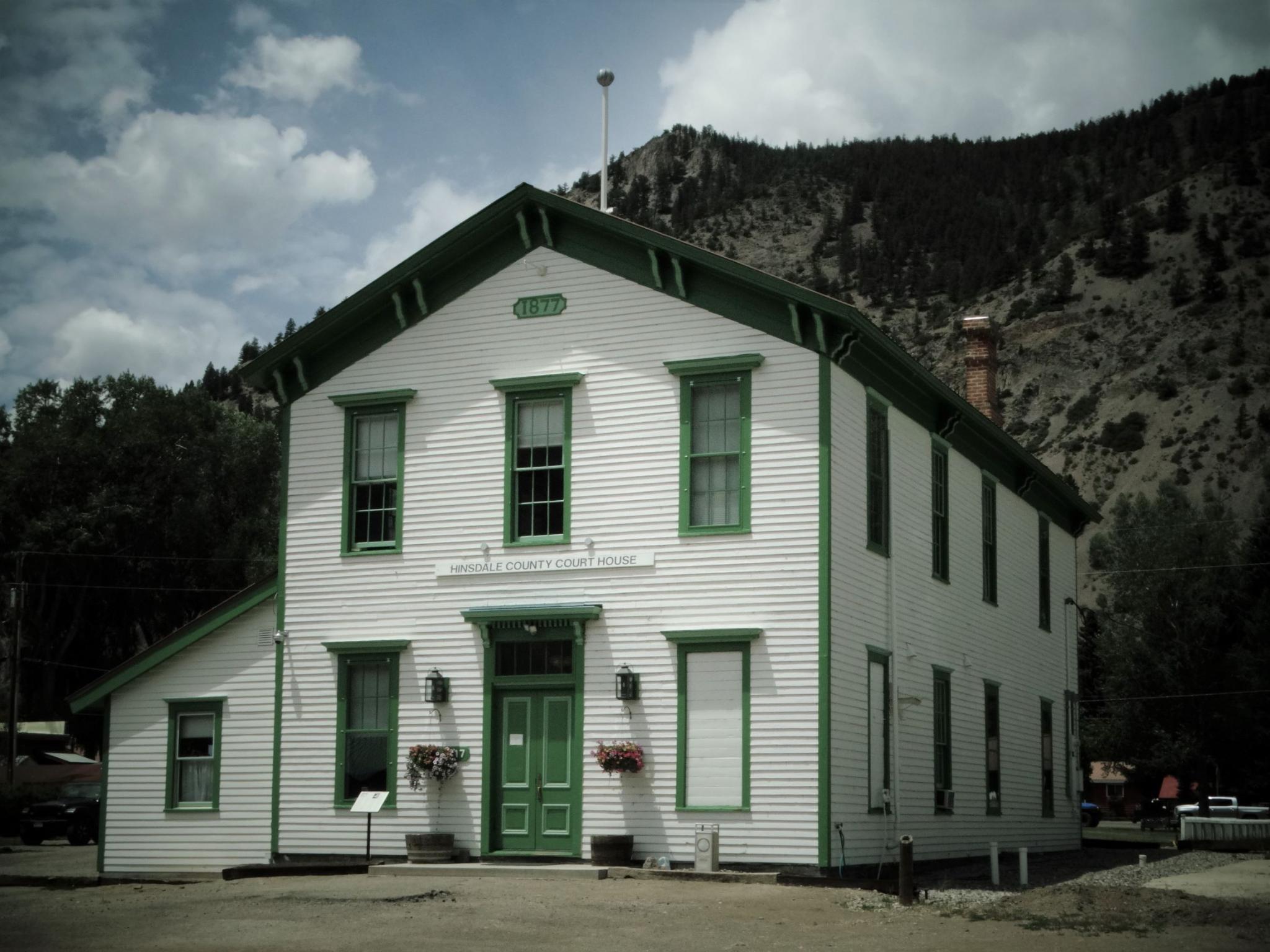
Photo: Colorado Historical Foundation, 2019.
Hinsdale County Courthouse, Lake City
Women's Suffrage Sites in Colorado: A Survey Plan
As the first state where women won the right to vote by popular referendum, Colorado has an extensive history of engagement in the women's suffrage movement. This statewide survey begins to document the locations tied to this important facet of women's - and Colorado's - history.
Download Full Survey Plan (PDF)
The next phase identified specific sites for historic designation or expanding the current historical designation records to include each site's association with women's history. This phase was supported in partnership with the Colorado State Historic Preservation Office and an Underrepresented Communities Grant from the National Park Service.
